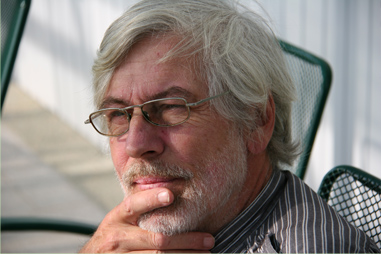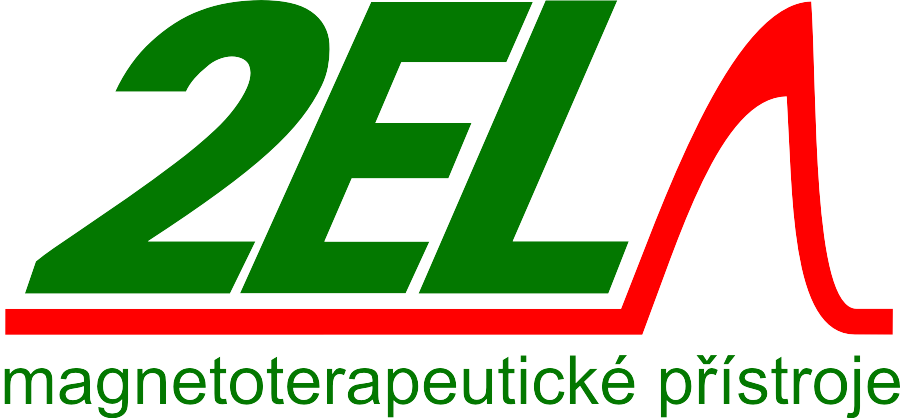Dr. Jiří Jeřábek, CSc.
Born: January 5, 1950, in Cheb

Professional Career:
Faculty of Hygiene, Charles University in Prague
Institute of Hygiene and Epidemiology, Prague 10
After graduating, he joined the Center for Occupational Hygiene and Occupational Diseases at the Institute of Hygiene and Epidemiology (IHE) as a full-time research fellow. He completed and defended his PhD dissertation in 1979, focusing on the occupational health issues of magnetic fields. That same year, he obtained his first-level certification in hygiene and epidemiology. During this period, he developed devices for magnetic field exposure used in the experimental part of his research.
Institute of Clinical Physiology, Prague 2, Ke Karlovu 4, part of Motol University Hospital, Prague 5
He worked as a secondary physician and developed devices and methodologies for applying pulsed magnetic fields. This work led to patents for magnetotherapeutic devices. His published works later served as the basis for the Ministry of Health’s approval of magnetotherapy as a treatment method.
From 1983 to 1985, he coordinated the Ministry of Health’s departmental research project on the use of pulsed magnetic fields in therapy. The results of this project, along with earlier publications, provided the foundation for introducing magnetotherapy as an official physiotherapeutic treatment in rehabilitation and spa medicine.
In 1983-1984, he collaborated in preparing the national judo and weightlifting teams for the World Championships. He also contributed to teaching physiology, particularly cardiology, to students of the Faculty of Hygiene, Charles University.
Institute of Hygiene and Epidemiology, Prague 10
As a researcher in the laboratory of ecotoxicology, he studied the biological activity of reactive oxygen species. He developed a new enzymatic method for determining catalase in biological samples. In collaboration with the Microbiology Institute of the Czechoslovak Academy of Sciences, he developed an analytical luminometer for non-specific detection of toxic substances in water and food samples. He also developed a luminometric method for rapid testing of microorganisms' antibiotic sensitivity, based on ATP concentration measurements. He designed and patented an analytical luminometer, produced in small quantities for these purposes.
He collaborated with the Institute of Hematology and Blood Transfusion on bone marrow transplantation, particularly in determining acetylcholinesterase and butyrylcholinesterase activities. As part of the lab's primary program, he worked on developing software for predicting the diffusion of toxic clouds in potential chemical industry accidents.
In 1992, he was appointed as an advisor to the Ministry of Health by Dr. Bojar, the Minister of Health, for magnetotherapy. Since 1994, he has collaborated on various scientific projects, including the EU COST 244 project, where he was responsible for epidemiological and clinical studies on electromagnetic fields. He actively participated in congresses in Europe, the USA, Canada, and Argentina.
He designed and facilitated the production of a portable magnetometer for the hygiene service. In his role at the IHE, later the National Institute of Public Health (NIPH), he evaluated newly manufactured devices for physiotherapy and cosmetic applications, which were then submitted for approval by the Chief Hygienist of the Czech Republic.
He served as chairman of the ethics committee of the NIPH and as a reviewer for projects under the Internal Grant Agency of the Ministry of Health. He was also an external lecturer in biophysics at the Third Faculty of Medicine, Charles University, and at the Institute for Postgraduate Medical Education in Prague, teaching in the Department of Occupational Hygiene. During this time, he completed courses in medical statistics and epidemiological methods for non-communicable diseases.
Argentina (1997-2005)
In 1997, he moved to Argentina, where he provided postgraduate training for physiatrists in magnetotherapy, organized by Meditea Electrónica in Buenos Aires and Texel Rosario in the province of Santa Fé. He also collaborated on the development of magnetotherapeutic devices. From 2005, he worked as an external lecturer at the University of San Martín in Rosario, teaching courses in physical therapy.
He lectured on magnetotherapy, balneology, CO2 therapy, and the application of dimethyl sulfoxide. He conducted research into the physiotherapeutic treatment of fibromyalgia. In early 2008, he moved to Peru, where he continued treating fibromyalgia patients and gave several lectures, including a notable one at the National Institute of Rehabilitation in Callao.
Return to the Czech Republic
Upon returning from Latin America, he joined the Department of Occupational Physiology at the National Institute of Public Health’s Laboratory Activities Center in Prague. He collaborated on a project assessing the psychophysical stress of Metro train operators. He lectured at various events, including Janda’s Myofascial Medicine Day and Ben’s Day, on occupational physiology, as well as conducting training for the NIPH. Due to the reorganization of the NIPH, he was dismissed on December 31, 2009.
Since 2009
He has been working at the Rehabilitation Institute in Kladruby near Vlašim.
He collaborates with 2EL Nový Bydžov on projects utilizing pulsed magnetotherapeutic devices. He lectures at the Institute for Postgraduate Medical Education on fibromyalgia for the Department of Assessment Medicine and the Subdepartment of Occupational Medicine. He also covers the same topic for the Czech Social Security Administration in their continuous education program for assessment physicians.
The Ministry of Health granted him specialized competence in the field of hygiene and epidemiology, and he was also approved for specialization training in the field of rehabilitation and physical medicine.
